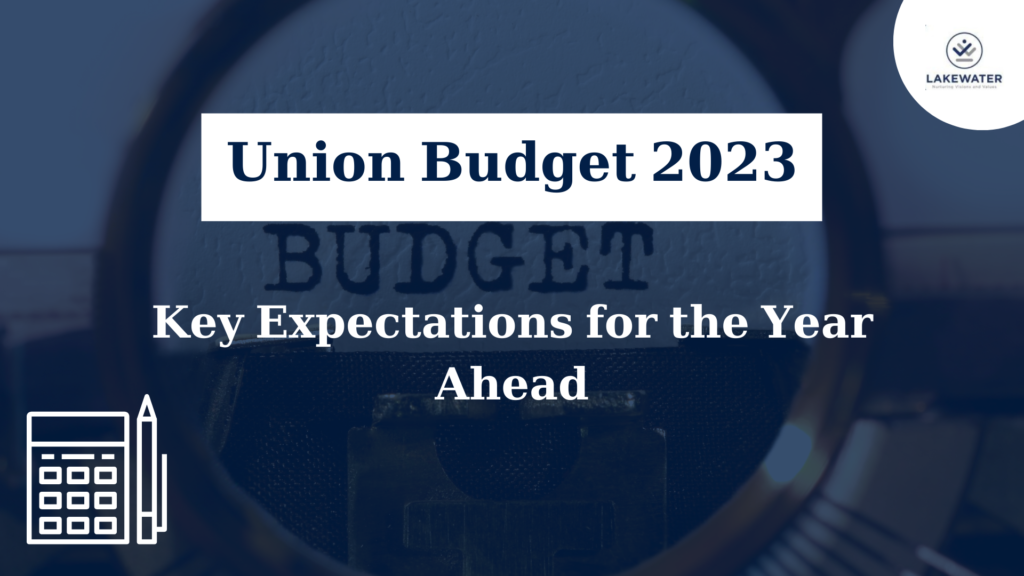Each year on February 1st, when the #UnionBudget is about to be presented by FM, we build up certain expectations regarding subsidies, tax relief, increased expenditure on infrastructure, et al. In short, we all wish for a better tomorrow.
𝐒𝐚𝐥𝐚𝐫𝐢𝐞𝐝 𝐩𝐞𝐨𝐩𝐥𝐞 𝐞𝐱𝐩𝐞𝐜𝐭𝐚𝐭𝐢𝐨𝐧: The exemption threshold of Rs 2.5 lakh has stayed the same since FY 14-15, so salaried #taxpayers expect the existing basic exemption threshold of Rs. 2.5 lakhs to increase to Rs. 5 lakhs. With an increase in day-to-day expenses and inflation, this expectation is justified.
𝐑𝐞𝐯𝐢𝐬𝐢𝐨𝐧 𝐨𝐟 𝐈𝐧𝐝𝐢𝐯𝐢𝐝𝐮𝐚𝐥’𝐬 𝐈𝐧𝐜𝐨𝐦𝐞 𝐓𝐚𝐱 – The #UnionBudget2023 is expected to provide some relief for individual taxpayers. Lower personal income tax rates could accomplish this by encouraging people to save and invest more money, increasing consumption and the economy’s capacity for investment. A decrease in personal income tax rates could also lessen inequality because low-income households frequently pay higher taxes than those who earn higher salaries. As India’s malnutrition rates rise and become a problem, it is anticipated that the Union Budget 2023 will allocate more funds to address these issues.
𝐄𝐧𝐡𝐚𝐧𝐜𝐞𝐦𝐞𝐧𝐭 𝐨𝐟 𝐝𝐞𝐝𝐮𝐜𝐭𝐢𝐨𝐧 𝐮𝐧𝐝𝐞𝐫 𝟖𝟎𝐂- The limit of 80C was last revised under Finance Act 2014. These limits need to be reconsidered, keeping #inflation in mind.
𝐄𝐱𝐩𝐚𝐧𝐬𝐢𝐨𝐧 𝐨𝐟 𝐏𝐋𝐈 – The government is likely to extend the fiscal incentives for the production of toys, leather, footwear, etc
𝐄𝐥𝐢𝐦𝐢𝐧𝐚𝐭𝐢𝐧𝐠 𝐆𝐒𝐓 𝐨𝐧 𝐚 𝐟𝐞𝐰 𝐢𝐭𝐞𝐦𝐬- The government needs to consider eliminating #GST on medicine. This will have an overall impact on health outcomes.
The World Bank recently increased its estimate of India’s GDP growth for 2022–2023 from 6.5 percent to 6.9 percent. It would also be possible to have more disposable income, which might promote consumer spending and strengthen the Indian #economy.




